As we enter 2019, here are four interior design trends to watch, according to today’s top interior designers as told through Ketra.
Technology Brings Another Dimension
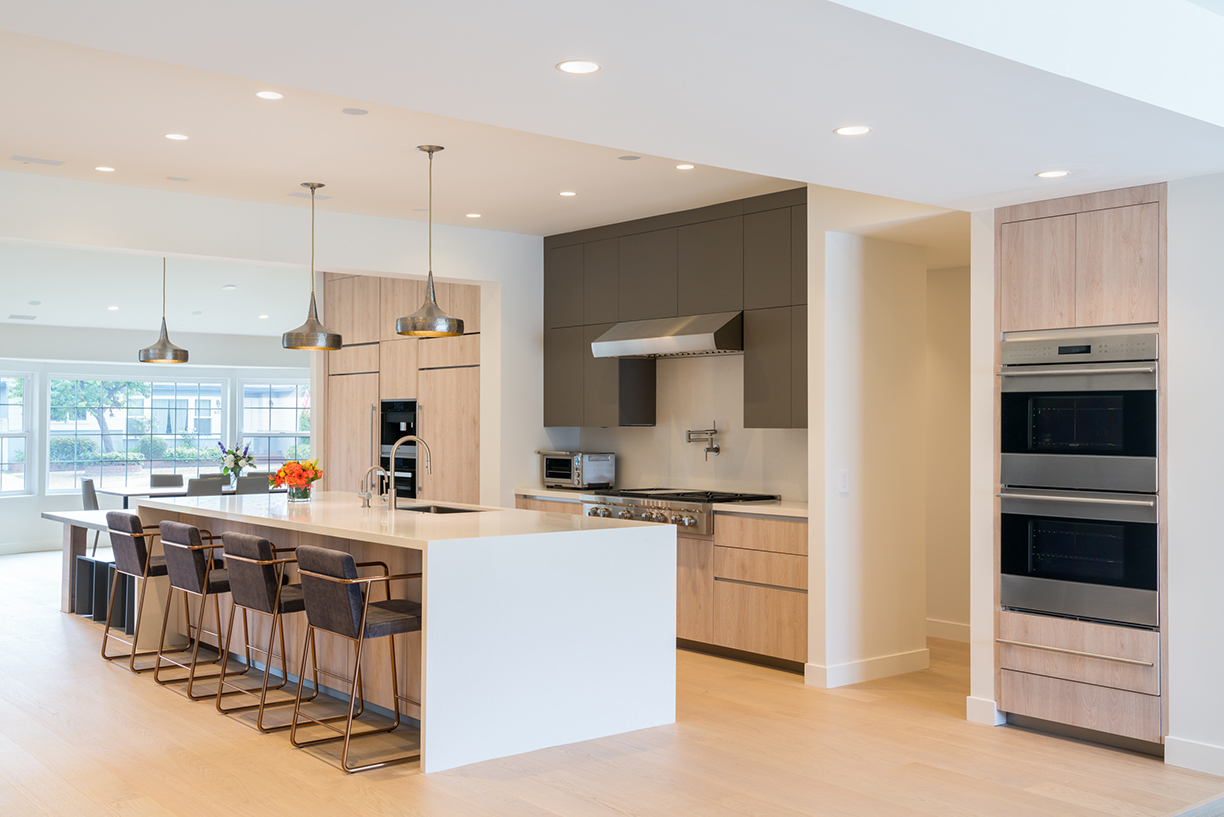
photo by Ketra
In 2019, smart home technology will be a must — whether it’s remote lighting control, window shades built for energy savings, or full-home voice automation.
“One of the major advantages to tech and connectivity in the home is the ability to manage the property remotely, with doorbells now doubling as security cameras, wireless thermostats that can be preset or adjusted while away, or programmable lighting and window shades for energy savings and to make it appear that people are in the home,” explains Erin Ruby, founder of Erin Ruby Design, LLC.
“Technology always has something new that peaks a client’s interest,” adds Rendell Fernandez, design director at Pembrooke & Ives. “Voice actuated smart speakers now add another layer of home automation controls that were non-existent just a few months ago.”
Investments in Meaningful Furnishings
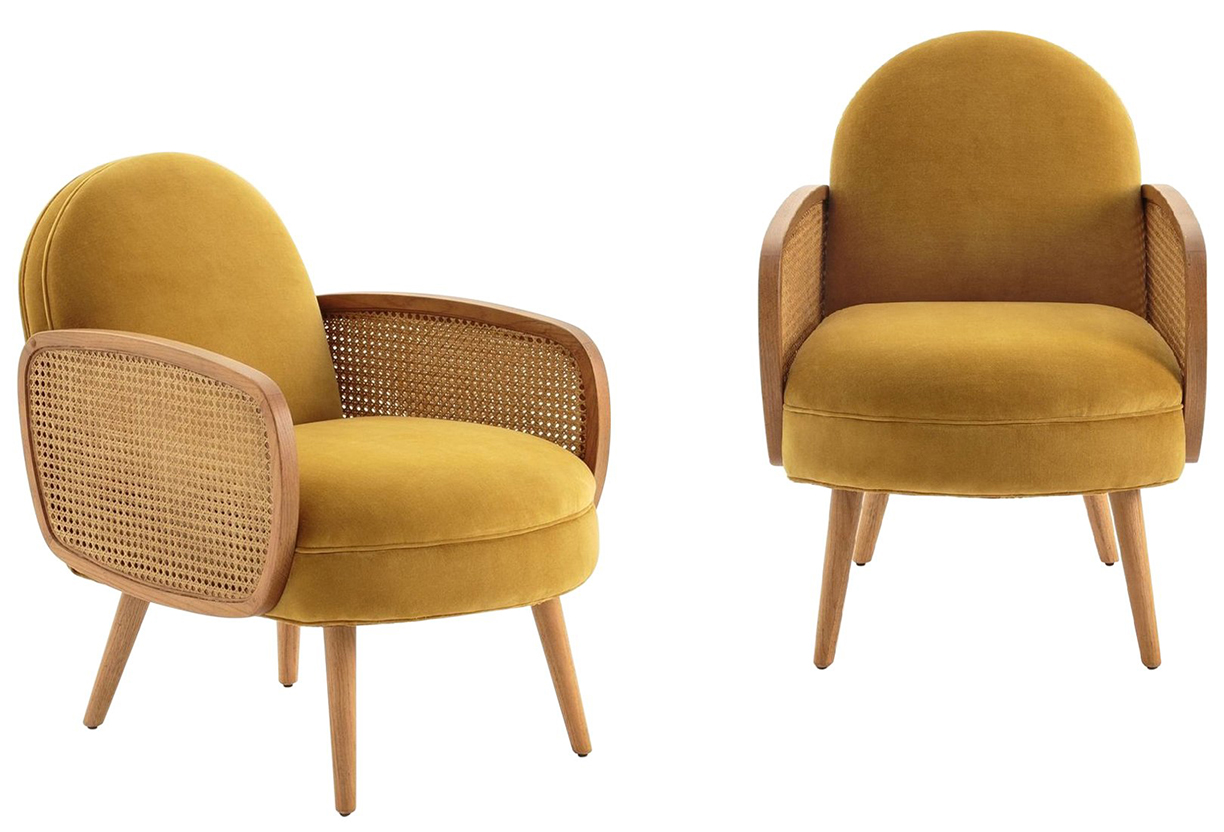
In 2019, there will be a greater value in selecting quality products. “In response to the culture of fast furniture and disposable pieces purchased solely for convenience, more and more manufacturers are offering quality products in reasonable lead times,” Ruby says.
“Even IKEA is making fine crafted products now! Businesses are seeing the value of investing in meaningful pieces, be it furniture, artwork, or lighting, to elevate the experience within their space and offer a more thoughtful representation of their culture and brand.”
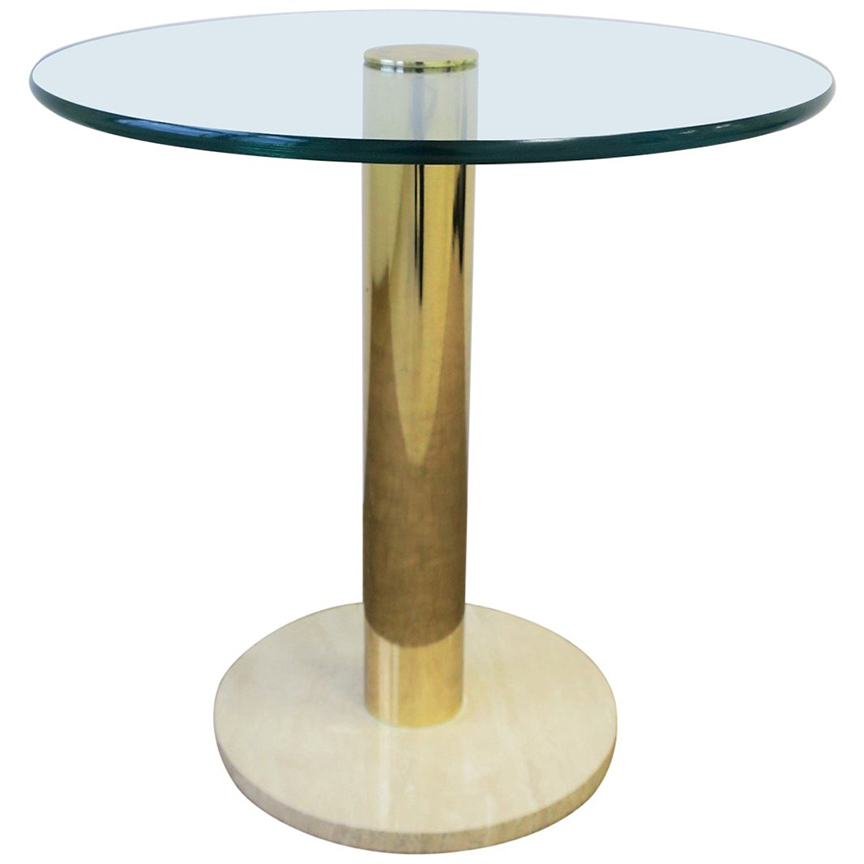
photos by 1stdibs
Neutral Hues are the Best Canvas
According to the team at Pavarini Design, 2019 will bring about neutrals grays and pale pastels that contrast early ’80s varieties of pale plums, pomegranates, and violets contrasting dark charcoals.
Benjamin Moore recently announced the Color of the Year 2019 — Metropolitan AF-690, a stylish gray with cool undertones, reinforcing that neutrals are in.
While most colors are driven by client preferences that illustrate the diversity of the full color spectrum, Fernandez agrees that the designers at Pembrooke & Ives stay true to neutral tones and natural finishes.
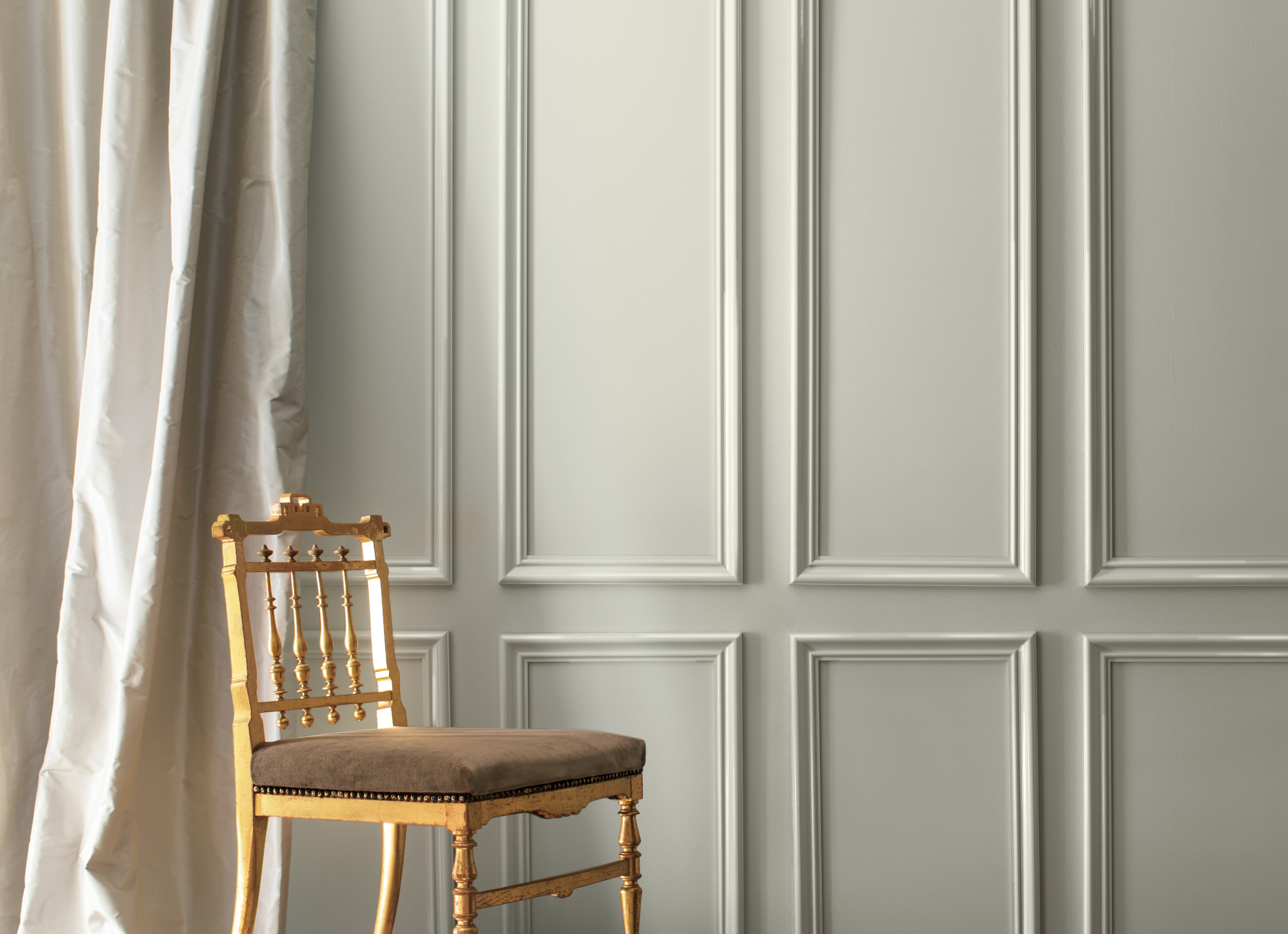
Photo by Benjamin Moore
Lights that Mimics of the Natural Spectrum of Sunlight
Natural light is a key element to think about when designing a space. “It’s our connection to nature and makes us feel good,” says Charles Pavarini III and J. Randall Tarasuk of Pavarini Design. “The ability to amplify the natural spectrum of light coming through your windows is something we have never had the ability to do before. It’s a breakthrough that is sure to find a growing market.”
“As the quality of lighting technology improves and evolves, this will continue to be an increasingly vital aspect of the built environment,” Ruby agrees. “Any space is only as good as it’s lighting. Lighting dictates how spaces are perceived — warm and inviting, or cold and stark.”
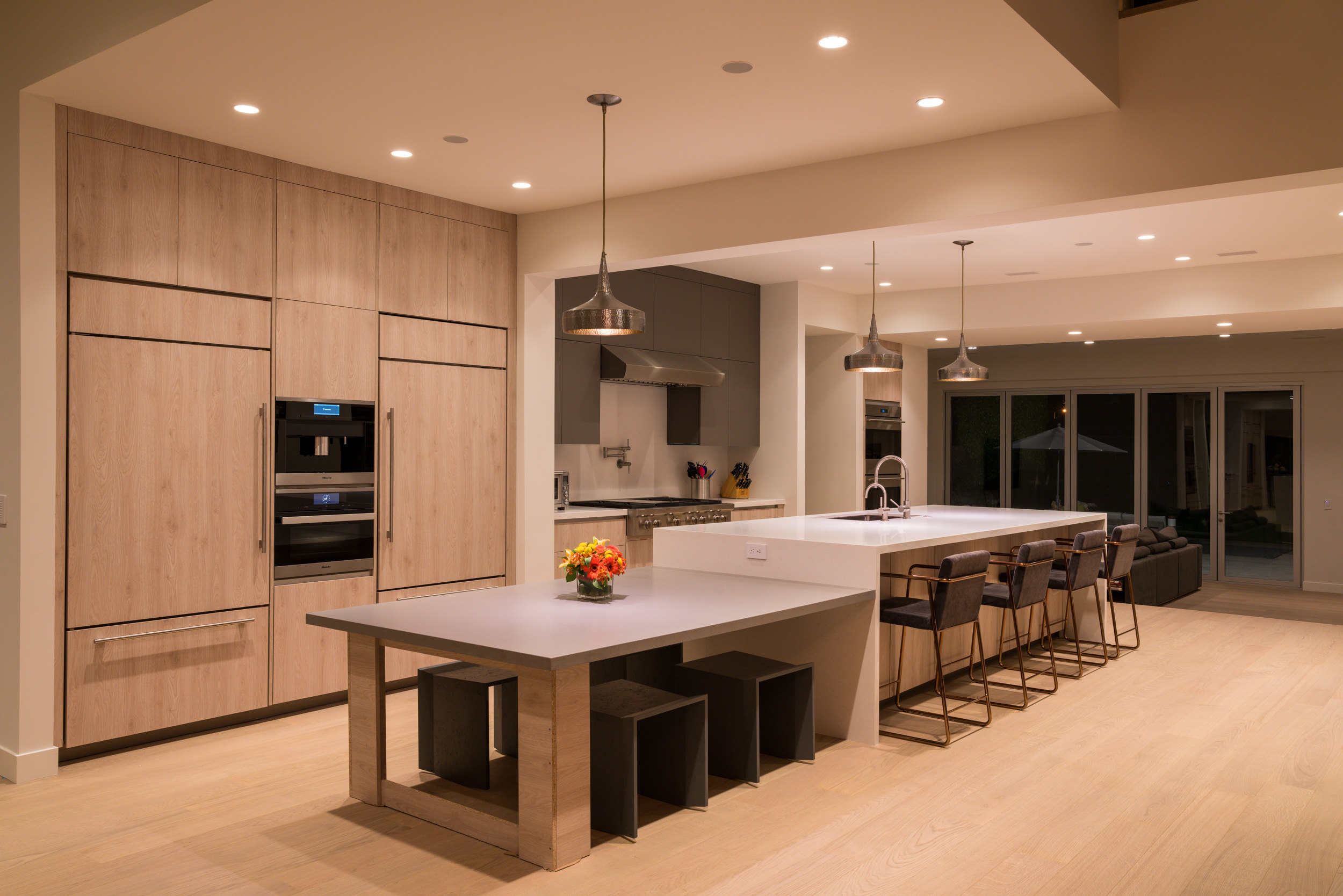
photo by Ketra
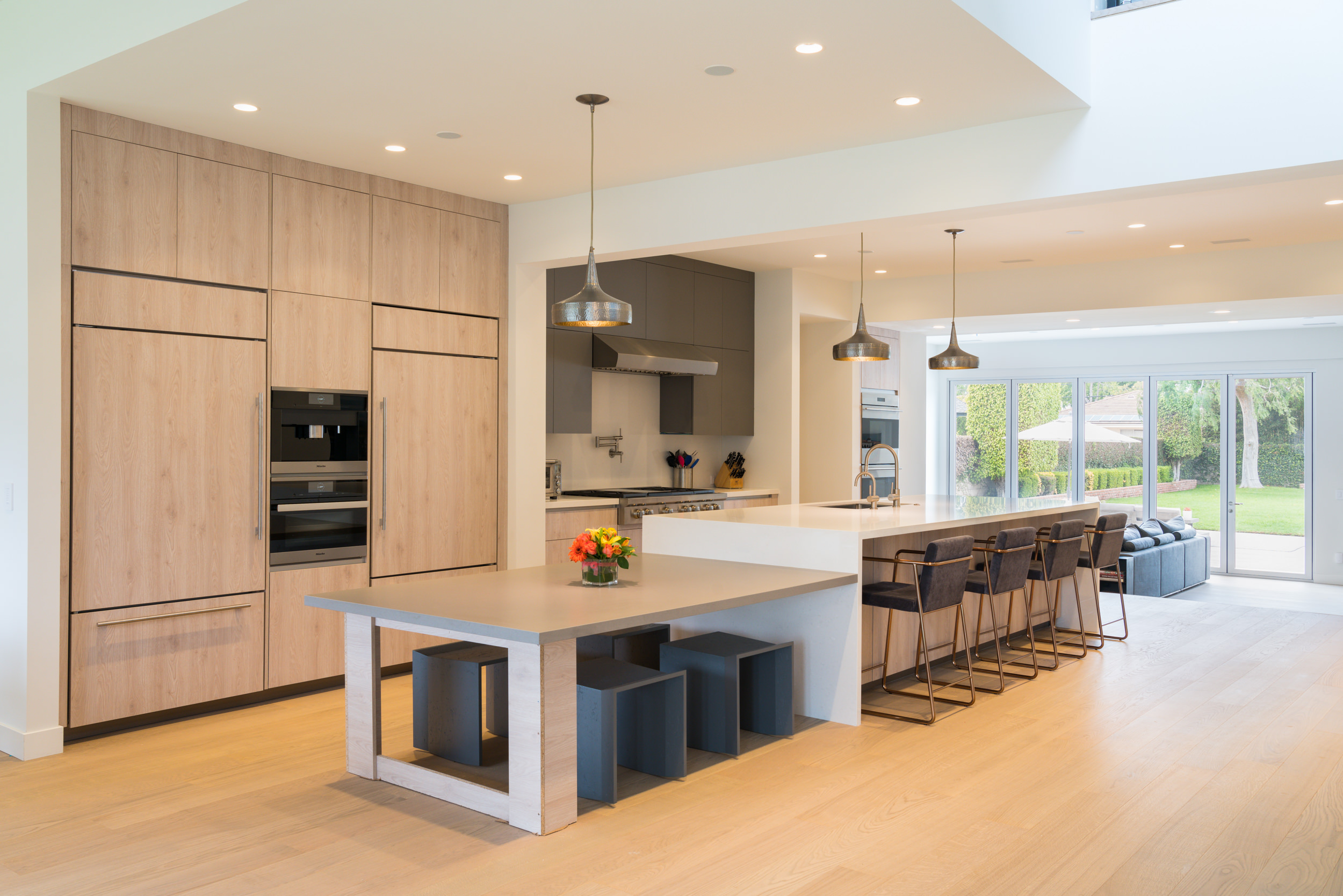
photo by Ketra
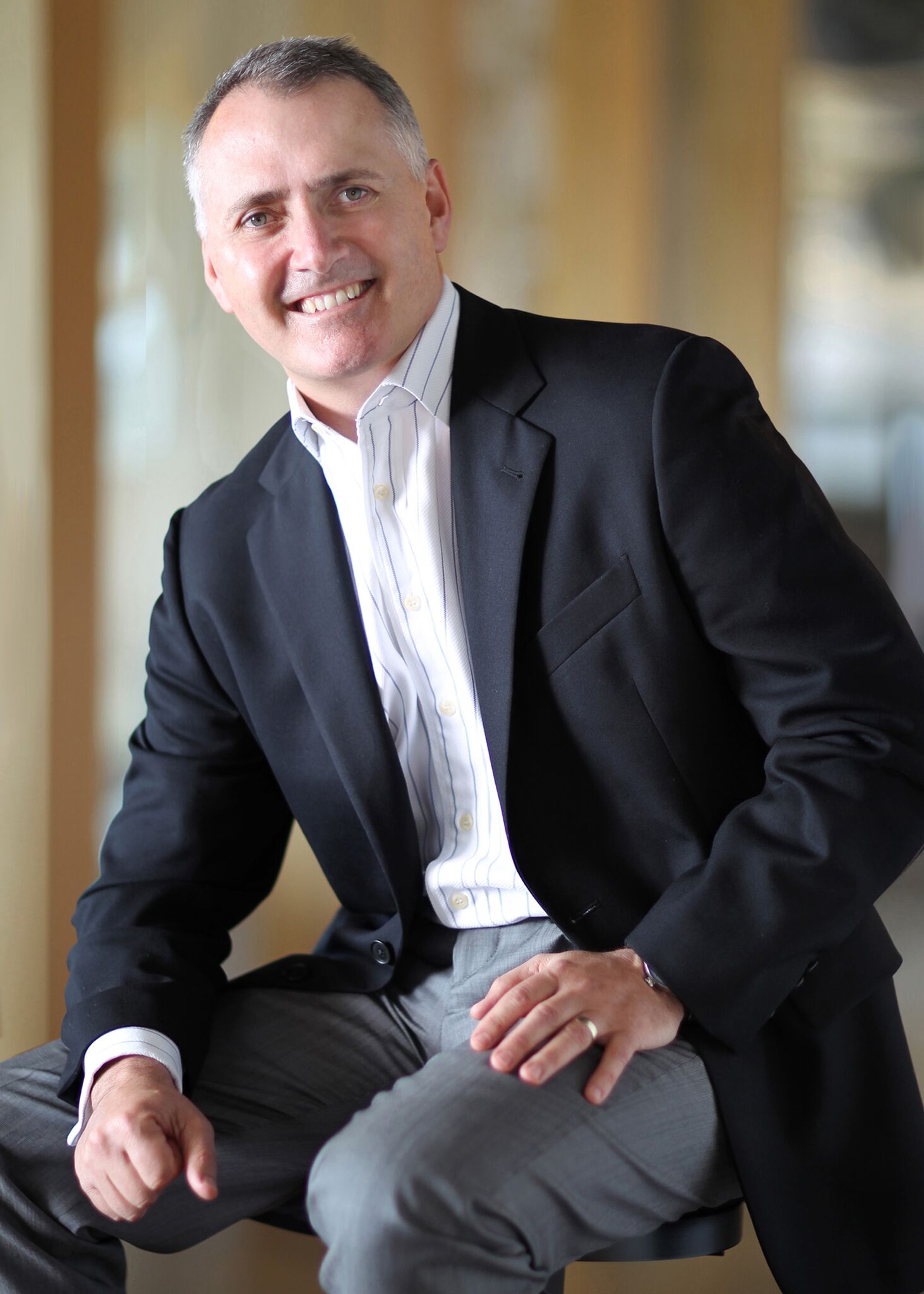
President and Principal Scott Lee Shares Insight on Hospitality, Residential and Mixed-Use Design Trends for the Year Ahead.
San Francisco-based SB Architects, one of the country’s leading hospitality and mixed-use design firms, continues to be on the forefront of trends in its areas of expertise, which increasingly includes large-scale multi-family and estate home projects.
Following the success of 2017 with several milestone projects completed, SB Architects President and Principal Scott Lee is looking ahead at what’s to come.
Along with a the team of experts, Lee has identified the below trends through the firm’s direct application and work within the mixed-use realm, luxury hospitality, custom and resort residential and the wine country.
Luxury Hospitality
Hyper-personalized, bespoke, immersive experiences — The next generation of hospitality consists of providing exclusive experiential journeys to bond and grow with clientele. SB values the club-like spaces at their hospitality projects, as they appeal to various lifestyle categories and behaviors, allowing people to come together based on brand affiliation. Personalized connectivity before, during and after the experience drives loyalty to engage the traveler throughout the entire journey and throughout the entire year.
Learning is the new luxury — Experiential travel is not a new trend. In 2018, the concept will continue to evolve, as travelers are looking to take experiences and newfound knowledge home with them. The execution of immersive travel has shifted into educational, allowing guests to become a part of the local culture and community, allowing them to learn a new sport, skill or craft.
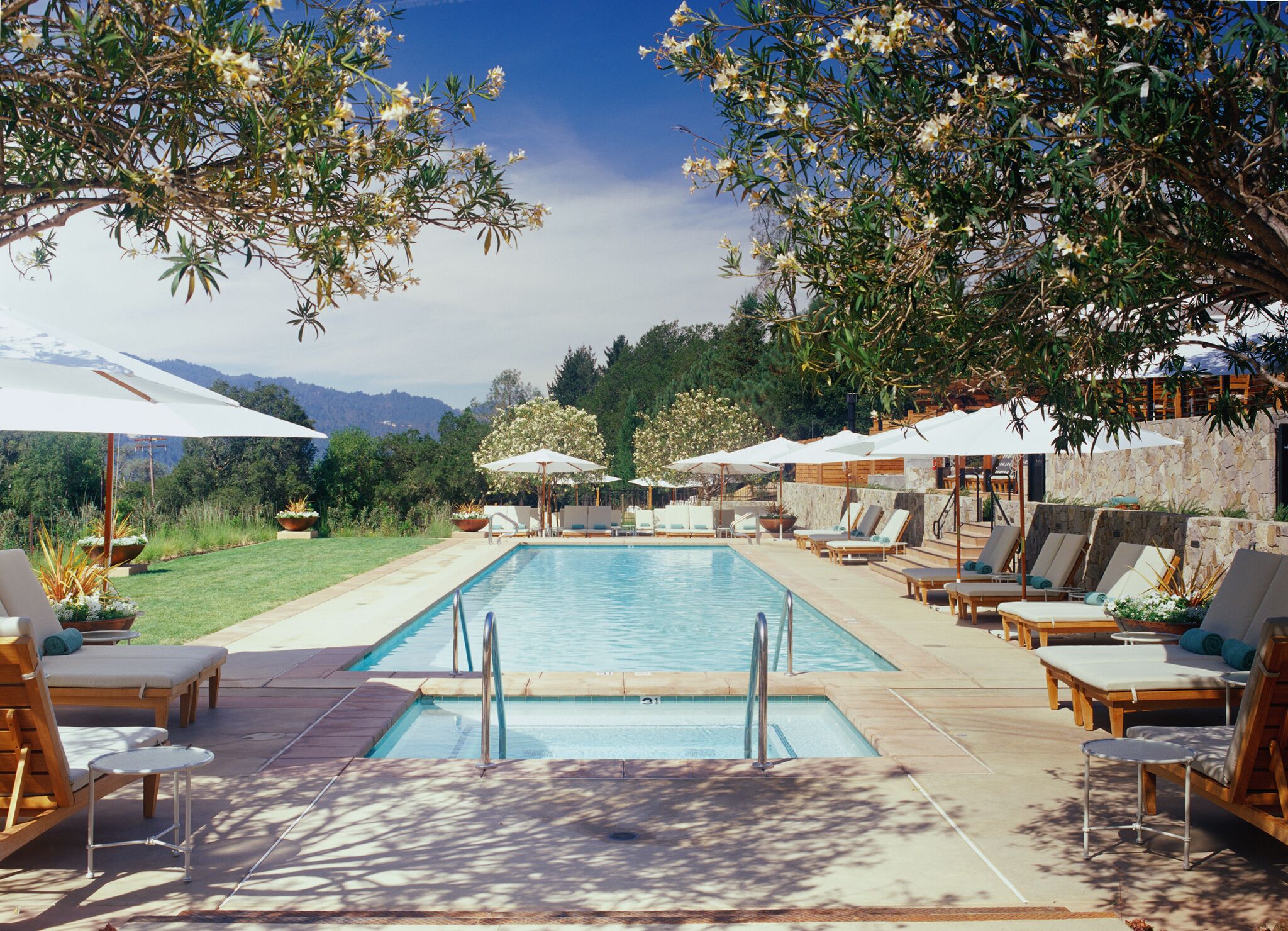
The Lodges at Calistoga Ranch, an Auberge Resort prove that resort residential is on the rise. Photo courtesy of Tim Street Porter.
“Travelers and homeowners are increasingly seeking out experiences that fulfill a higher need — something that emotionally connects a person to place. What we are seeing is a demand for authenticity across our core verticals as it relates to the local community. This in turn is impacting the way we design our projects across the board.” — SB Architects President and Principal Scott Lee.
Wine Country
Relax and un-wine — Modern day wineries are shifting from the traditional wine country architecture and layout. These days architects are designing lounge and workshop spaces, which allow guests to be engaged and entertained in an interactive platform with one another and the winery staff. The design emphasizes the grape to glass experience, and less on the tasting room. SB’s wine practice is dedicated to producing spaces where site sensitivity, structure and nuance are favored above all else.
Come for the wine, stay for the night — Modernized, sophisticated hospitality offerings in wine country have been few and far between, leading many visitors to travel for day trips from surrounding Bay Area cities. However, just within the last year, architects and designers have started to evolve the lodging offerings to reveal contemporary vino-cultured sanctuaries.
Residential
Resort residential is on the rise — The branded real estate category has seen tremendous growth in the past three years. These luxury developments truly blur the lines between resort and residential living, tying in the natural surroundings to create an authentic experience for buyers. Members and guests have started to value authenticity, a sense of belonging and community of a place over singular experience, and for this reason, branded residences have begun to flourish.
Green is (still) the way to go — Sustainability continues to be top-of-mind for homeowners, and with custom homes, designers are going above and beyond to minimize owners’ carbon footprint without sacrificing beauty.
Bringing the outdoors in — The rising demand for transitional indoor/outdoor space in custom homes is steadily increasing, and nature is having a serious moment in design. Reclaimed wood panel installations, exposed concrete flooring, biophilic architectural elements, and the incorporation of natural flora patterns in fabrics and artwork are all becoming more prominent.
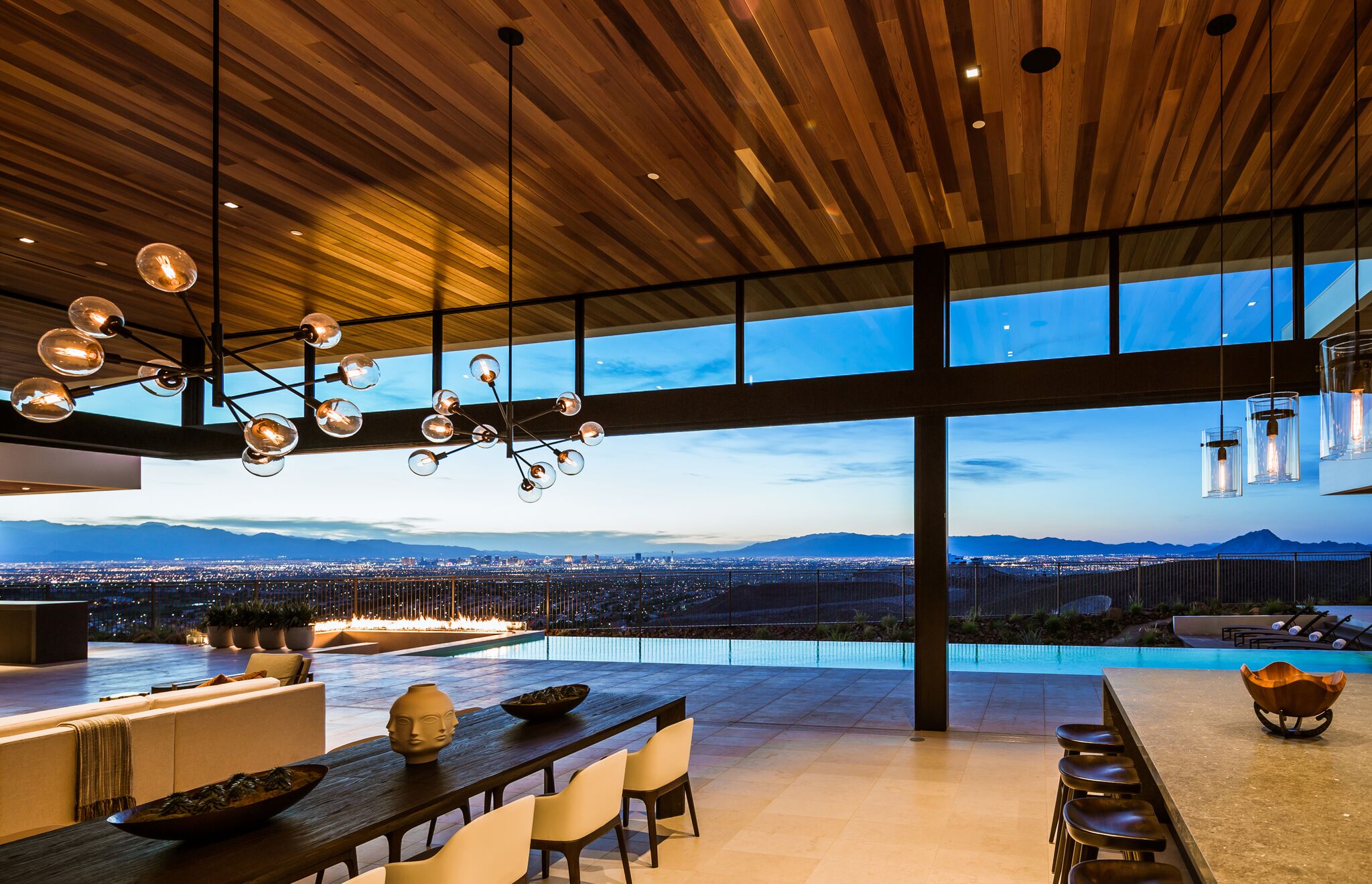
SB’s work with Ascaya in Henderson, Nevada is a reflection of the blurred lines between inside and out, with expanses of glass which disappear to create numerous arrangements of the flexible space. Photo Credit Ciro Coelho Photography.

Lee creates seamless transition between indoor/outdoor living at The Hillside House residence in Mill Valley, California. Photo courtesy of SB Architects
Mixed-Use
Integrated urban spaces — The secret to successful mixed-use communities lies in the connectivity and interrelationship between the ground floor retail, the residents who call it home, the office workers who frequent it daily and the hotel guests whose experience is enhanced. It is purely design that choreographs this unique experience.
Finding art in architecture — The lines continue to blur between art and architecture. Many new mixed-use developments are getting creative with art integration, such as SB’s work with the Miami Design District, in which SB has collaborated with six leading architects to design various buildings and their striking facades. SB created the architectural skeleton for the blocks, addressing building structure, overall identity and the movement of people through the space. Within this framework, each store has been treated as a distinct building, with individual retailer given the opportunity to create the entire façade — 45 feet from ground to sky.














